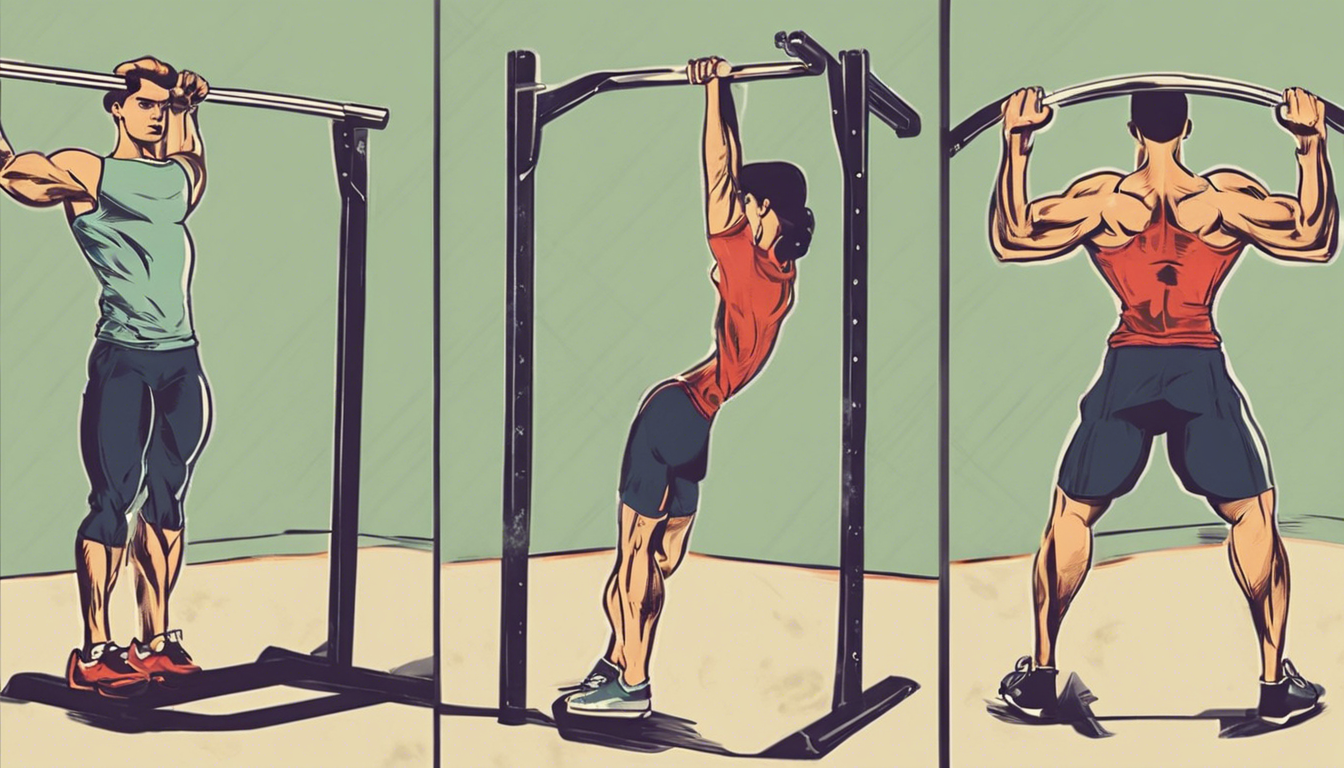
The Athlete’s Secret Weapon: Incorporating Recovery into Intense Routines
In the world of high-performance fitness, the “more is better” mentality often reigns supreme. However, this approach frequently leads to plateaus, burnout, and injury. The truth is, strategic recovery is not the absence of training; it is a critical, active component of it. The most successful athletes aren’t just those who train the hardest, but those who recover the smartest.
Why Ignoring Recovery Sabotages Your Progress
This section addresses the pain points and consequences of poor recovery.
The Hidden Signs of Inadequate Recovery
- Persistent muscle soreness that doesn’t fade.
- Performance plateaus or declines (e.g., can’t lift heavier, run faster).
- Increased resting heart rate.
- Mood swings, irritability, and lack of motivation.
- Compromised immune system (getting sick more often).
- Disrupted sleep patterns.
From Overtraining to Injury: The Downward Spiral
Chronic fatigue leads to poor form and technique, creating a direct pathway to injury. The link between inadequate recovery and common issues like stress fractures, tendonitis, and muscle strains is well-established. Beyond the physical, mental burnout can sap motivation and cause individuals to abandon their fitness goals altogether.
Active vs. Passive Recovery: Choosing the Right Tool
This section provides a comparison to help readers understand their options.
What is Active Recovery?
Definition: Low-intensity movement that promotes blood flow without adding significant stress to the body.
Examples: Light cycling, swimming, yoga, walking, dynamic stretching.
Best for: Alleviating sore muscles, flushing out metabolic waste, and improving mobility on rest days.
What is Passive Recovery?
Definition: Complete rest that facilitates deep physiological repair.
Examples: Sleep, napping, meditation, and sedentary relaxation.
Best for: Deep tissue repair, hormonal regulation (such as the release of Human Growth Hormone), and central nervous system recovery.
Active vs. Passive: When to Use Which
| Recovery Type | When to Use It |
|---|---|
| Active Recovery | When you feel “tight” or have light muscle soreness. |
| Passive Recovery | When you are physically exhausted, mentally drained, or feel any sharp pain (not just soreness). |
A Practical Framework for Incorporating Recovery into Intense Routines
This is the core “how-to” section, directly addressing the keyword.
The Daily Non-Negotiables
- Sleep: The cornerstone of recovery. Aim for 7-9 hours of quality, uninterrupted sleep.
- Nutrition: Emphasize post-workout protein for muscle repair and complex carbohydrates for glycogen replenishment.
- Hydration: Water is essential for every metabolic process, including cellular repair and nutrient transport.
The Weekly Recovery Schedule
- Schedule 1-2 dedicated active recovery days into your weekly plan.
- Don’t be afraid of a full rest day with zero structured exercise; it is not a sign of weakness but of intelligence.
- Unique Insight: The Power of Contrast Therapy. While many are familiar with ice baths, a more advanced and highly effective method is contrast therapy—alternating between hot (sauna, hot tub) and cold (ice bath, cold plunge) exposure. This process creates a powerful “pumping” action in your blood vessels (vasodilation and vasoconstriction), which dramatically reduces inflammation and accelerates the removal of metabolic waste products from muscle tissue. This is a secret weapon used by elite athletes for incorporating recovery into intense routines.
Listen to Your Body: The Art of Autoregulation
Instead of blindly following a rigid program, learn to adjust your training based on how you feel. If a planned high-intensity workout feels impossible, have the confidence to swap it for a recovery session. Your body will often reward this smart decision with significantly better performance in subsequent sessions.
Frequently Asked Questions About Recovery
“If I’m not sore, do I still need a recovery day?”
Answer: Absolutely. Muscle soreness (DOMS) is just one indicator of fatigue. Your central nervous system, joints, and connective tissues require time to recover and adapt even if your muscles feel fine.
“Is stretching enough for recovery?”
Answer: Static stretching is beneficial for improving flexibility, but it is not a comprehensive recovery strategy on its own. For full effect, it should be integrated with proper nutrition, hydration, and sleep. Foam rolling (self-myofascial release) is often more directly effective for relieving acute muscle tightness and adhesions.
“How can I tell the difference between being lazy and needing recovery?”
Answer: This is a common mental hurdle. “Lazy” typically feels like a general lack of motivation from the outset. “Needing recovery,” however, often manifests as a specific physical and mental inability to perform a task you were otherwise excited about. Using objective metrics like sleep quality, resting heart rate, and mood logs can help you make data-driven decisions instead of emotional ones.
Conclusion: Peak performance is not born from stress alone, but from the delicate balance between stress and rest. By intentionally and strategically incorporating recovery into intense routines, you transform it from a passive break into an active, performance-enhancing strategy. Start viewing your recovery days with the same importance and planning as your hardest training sessions.





